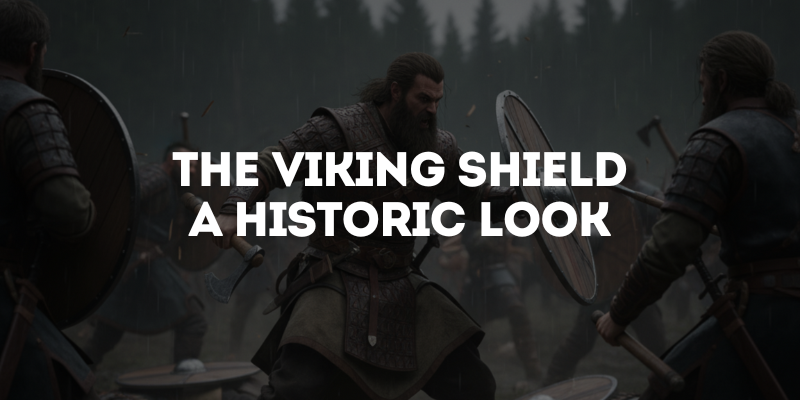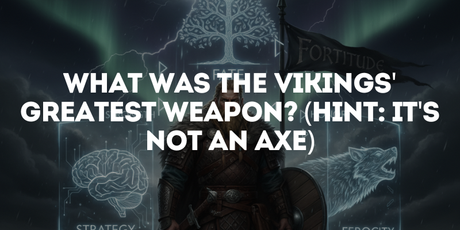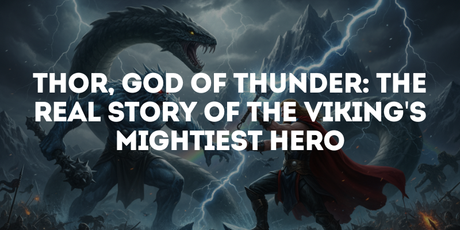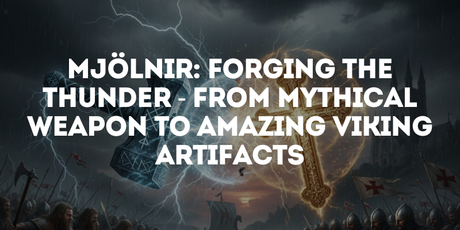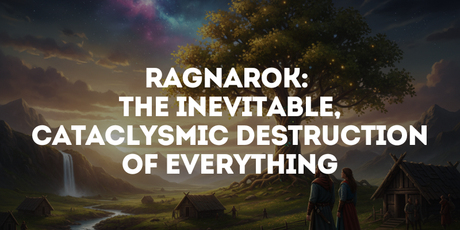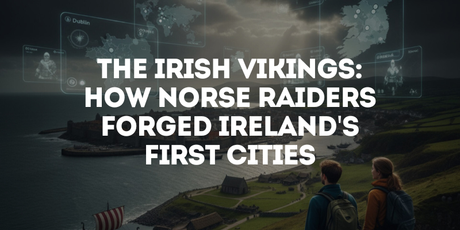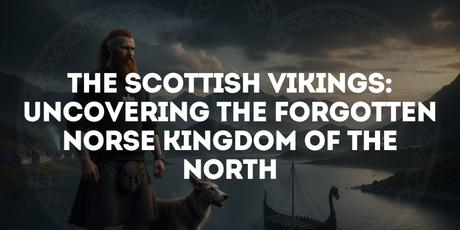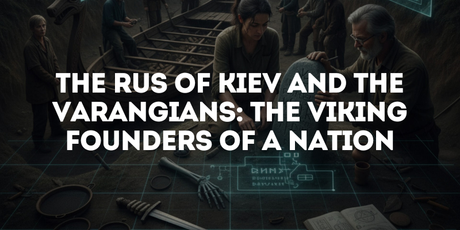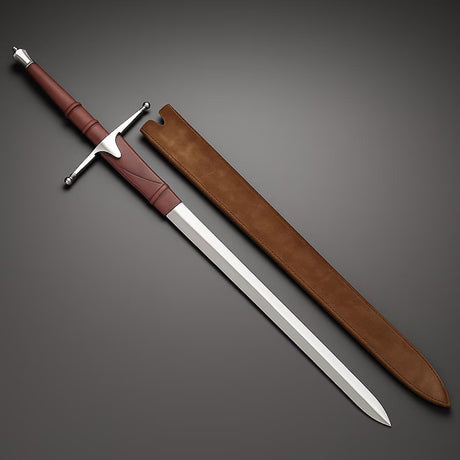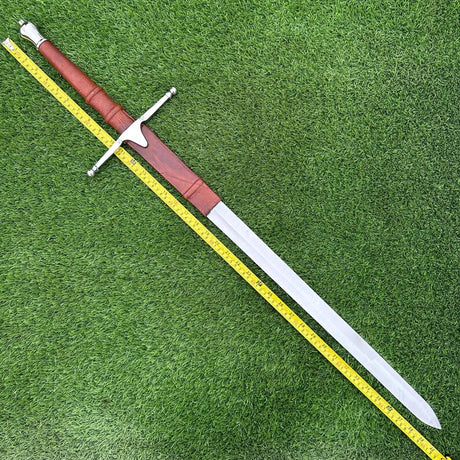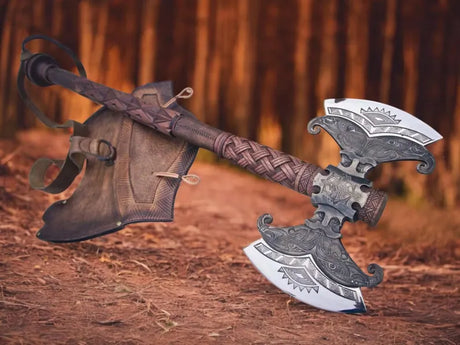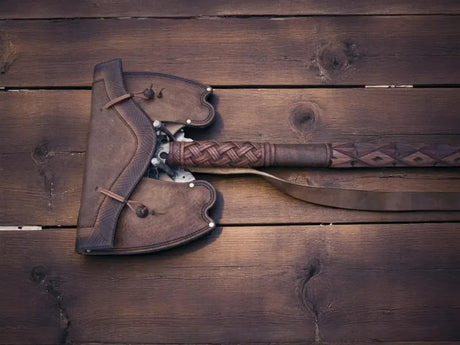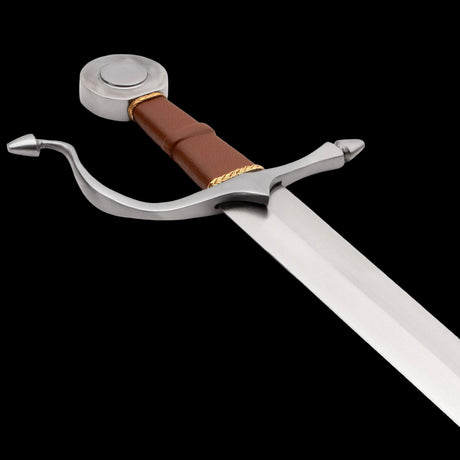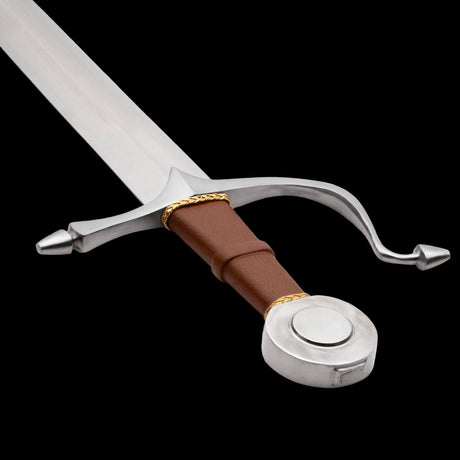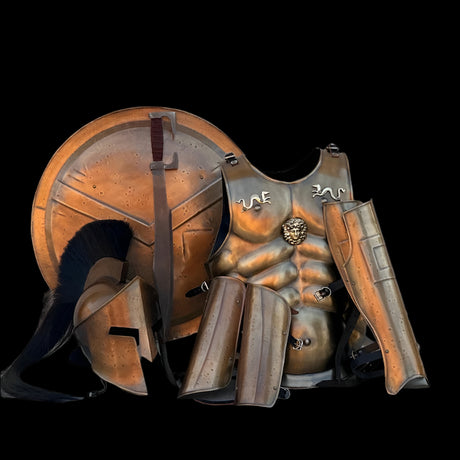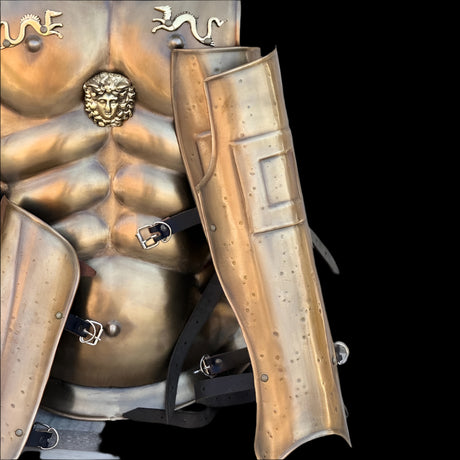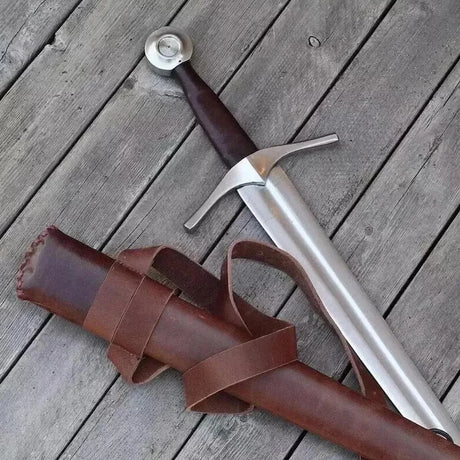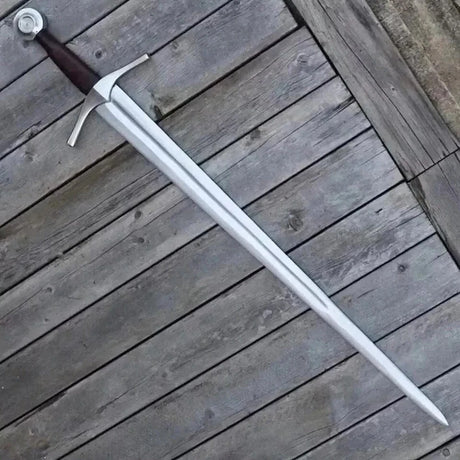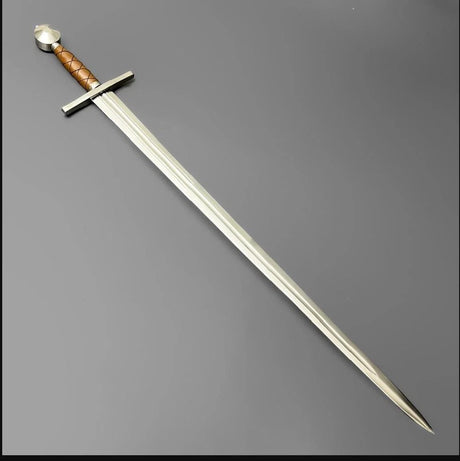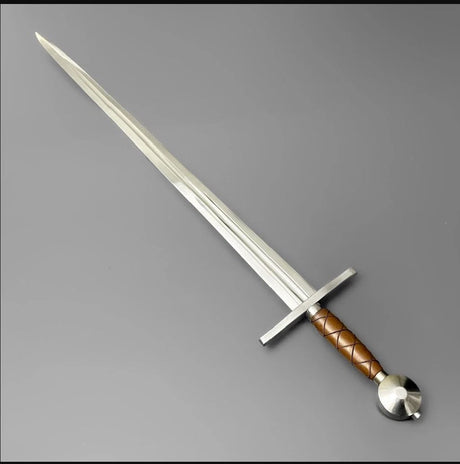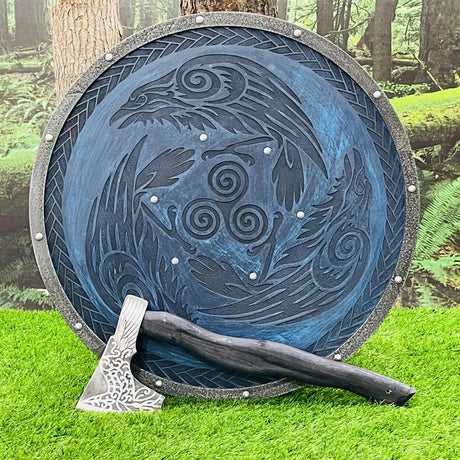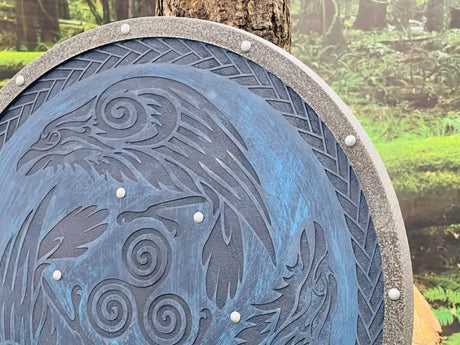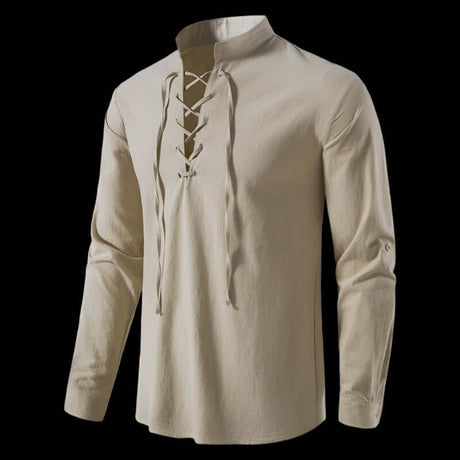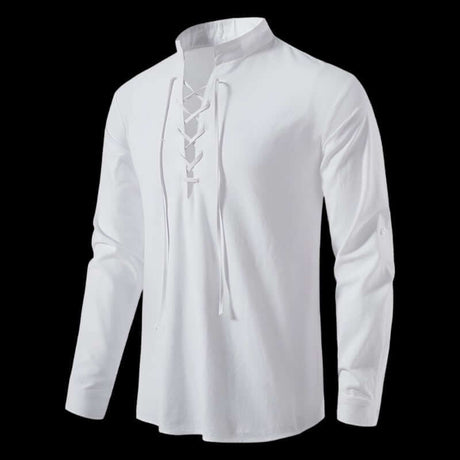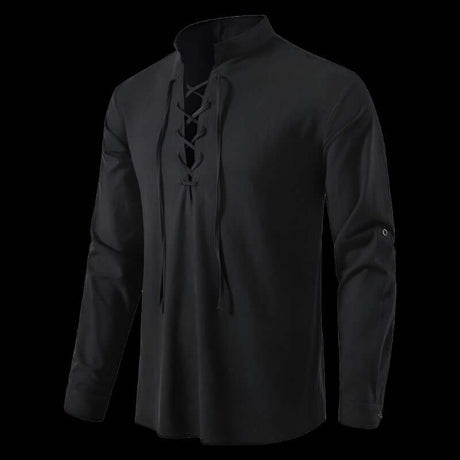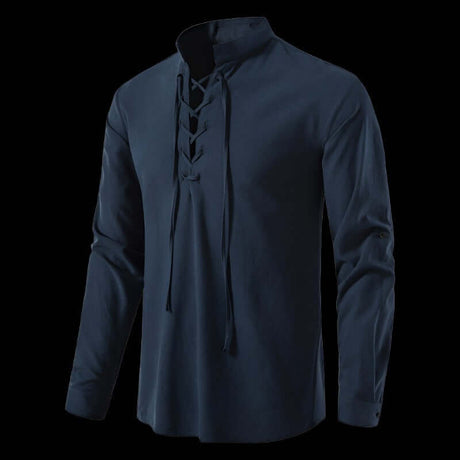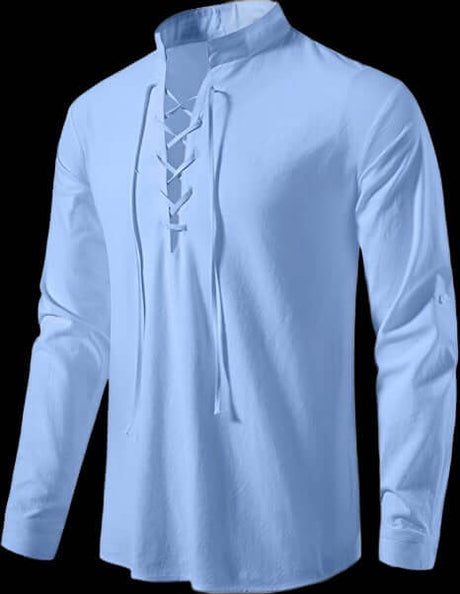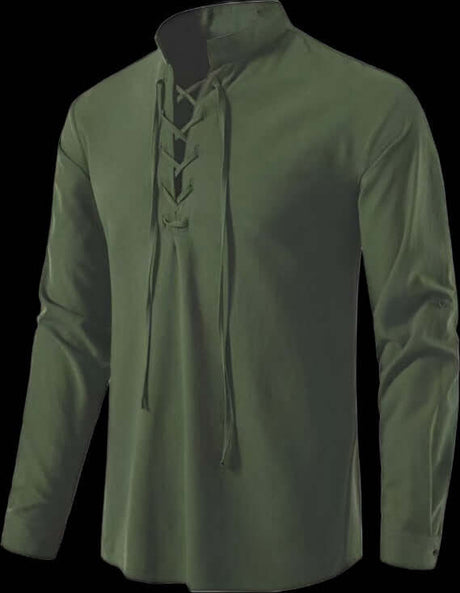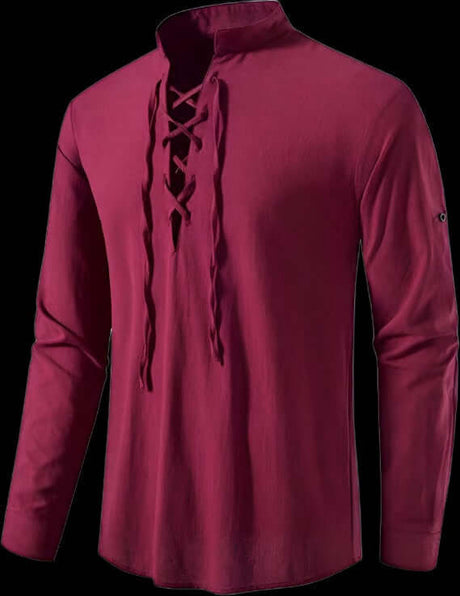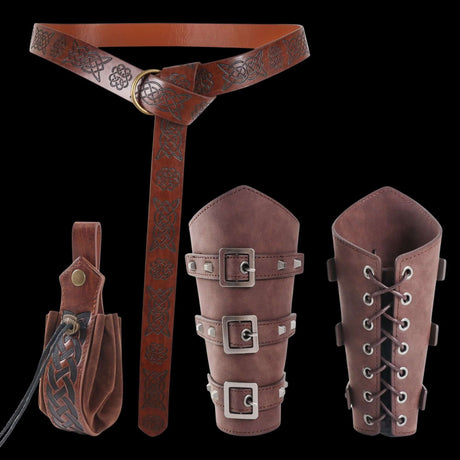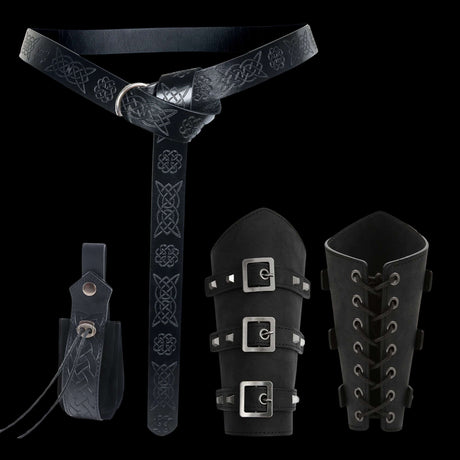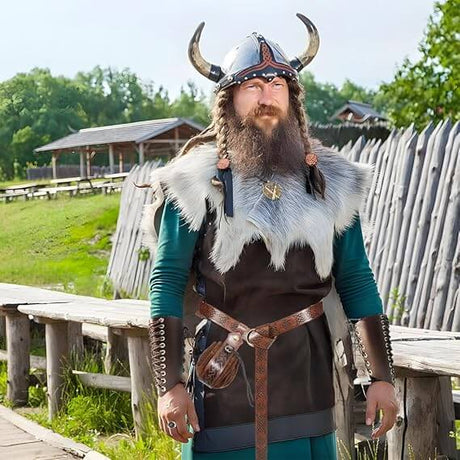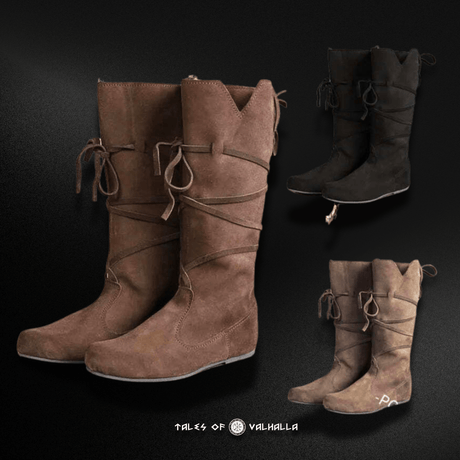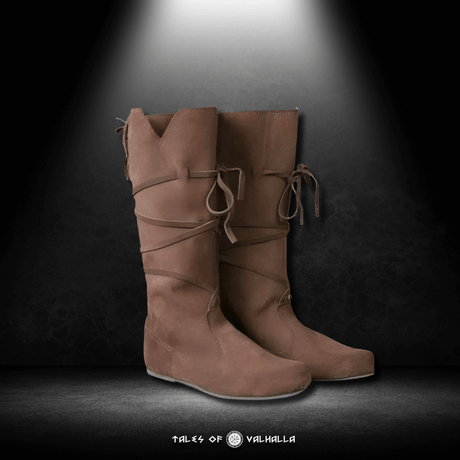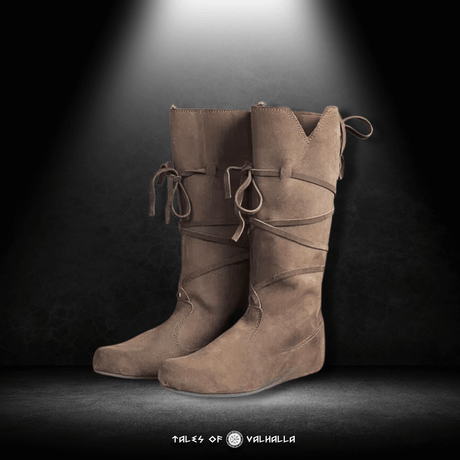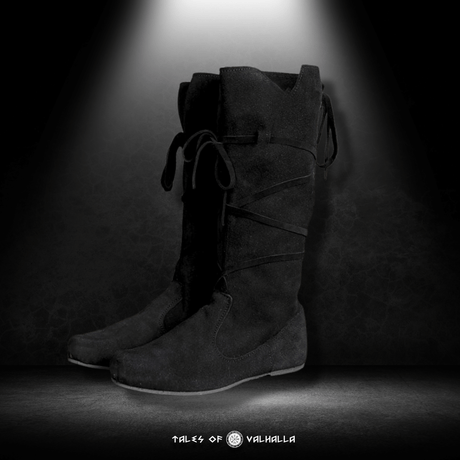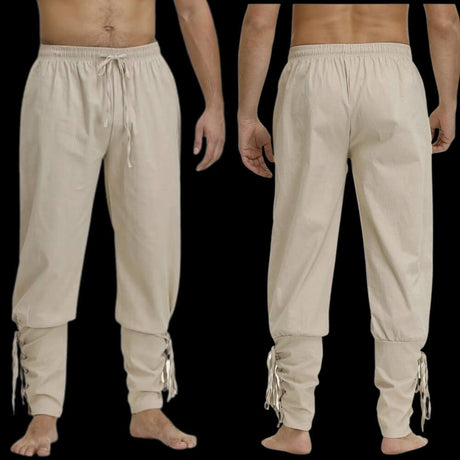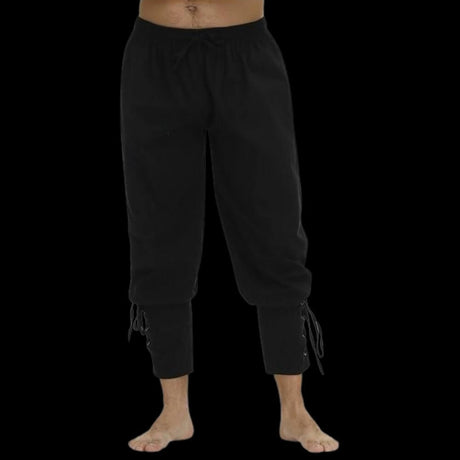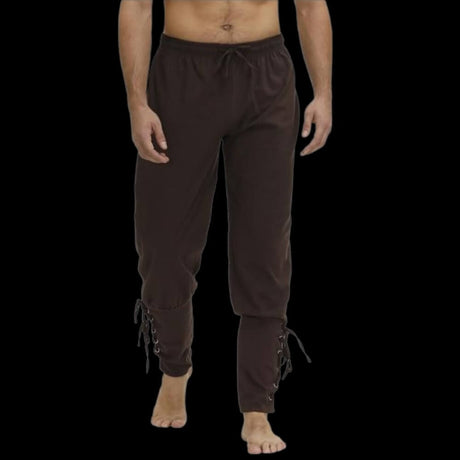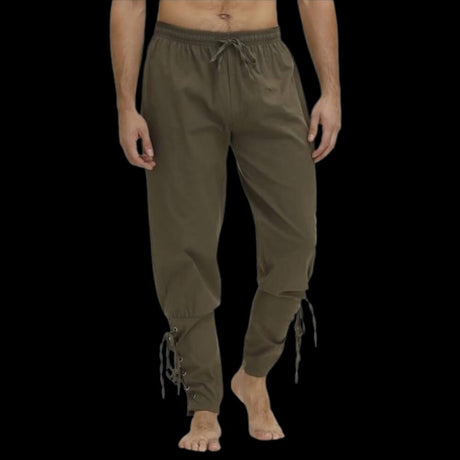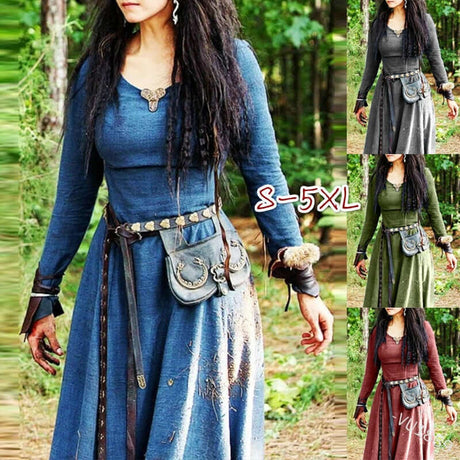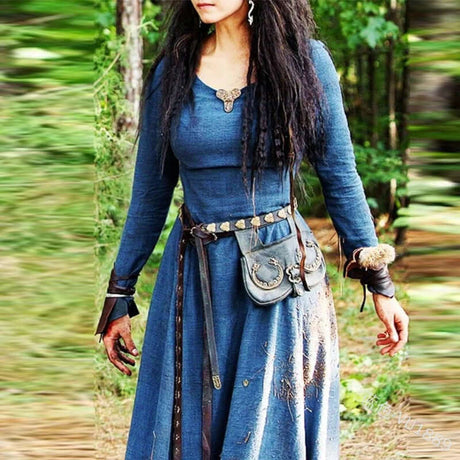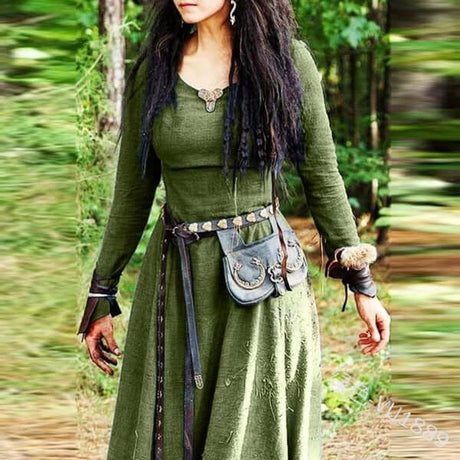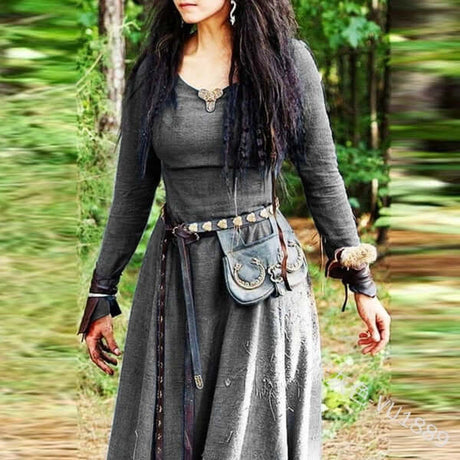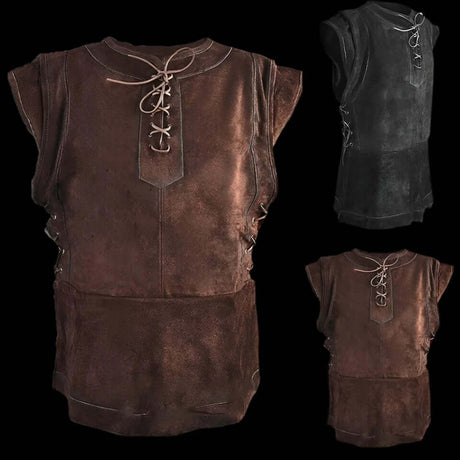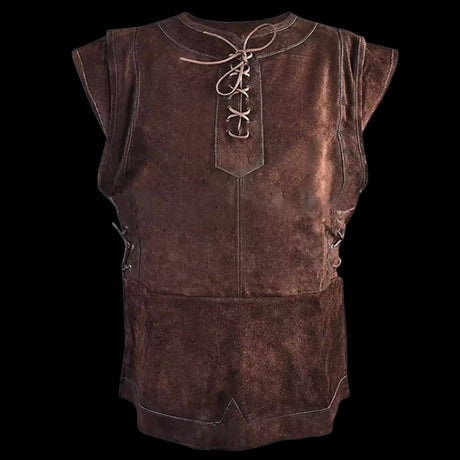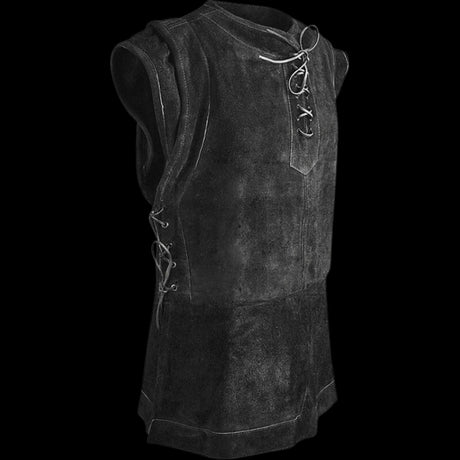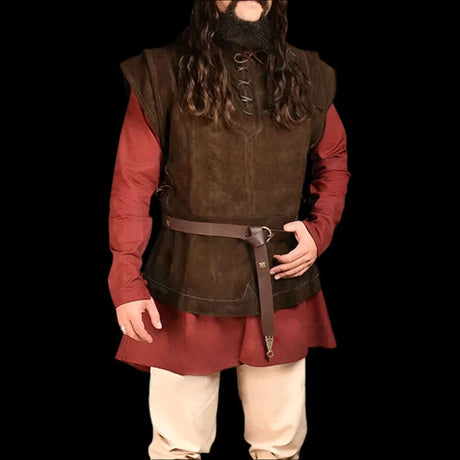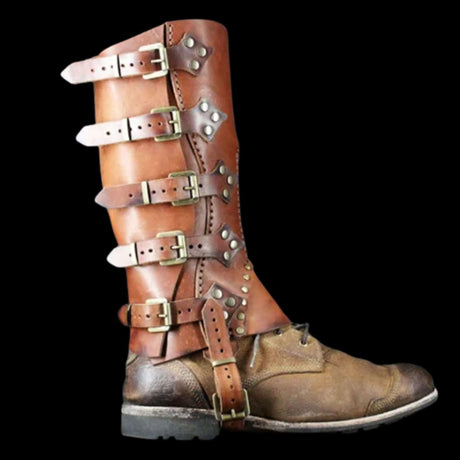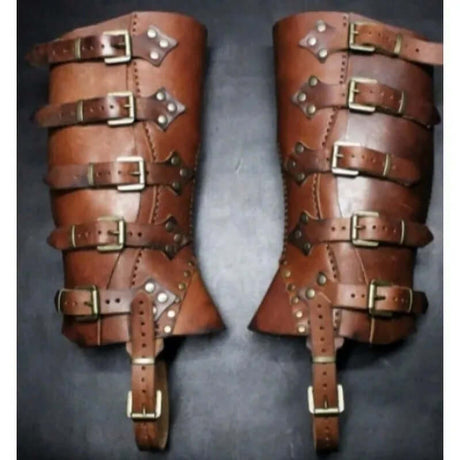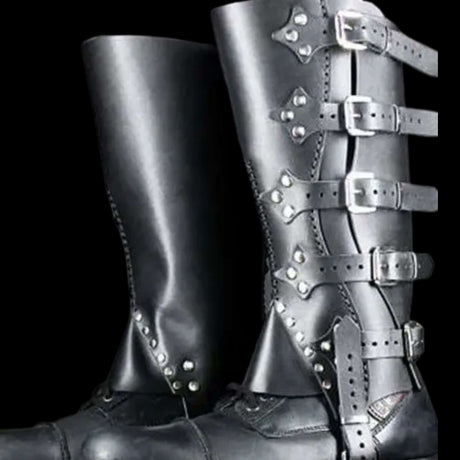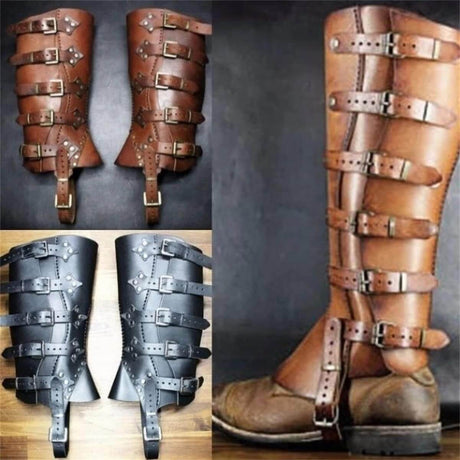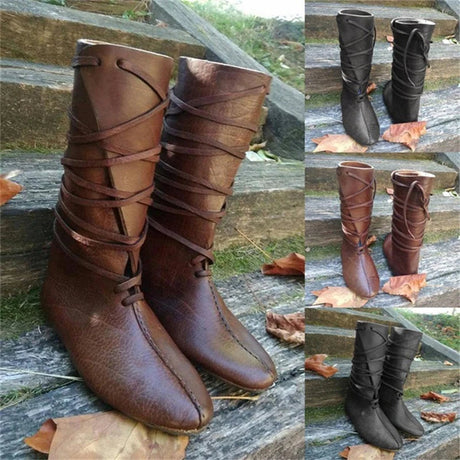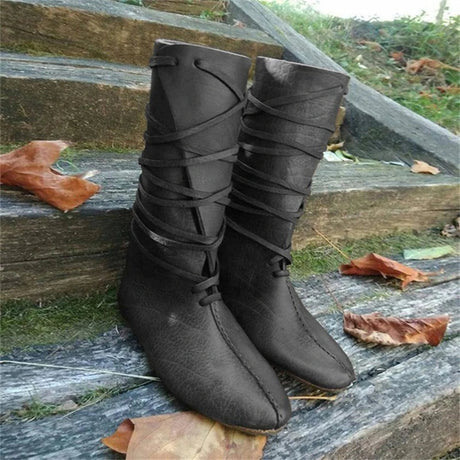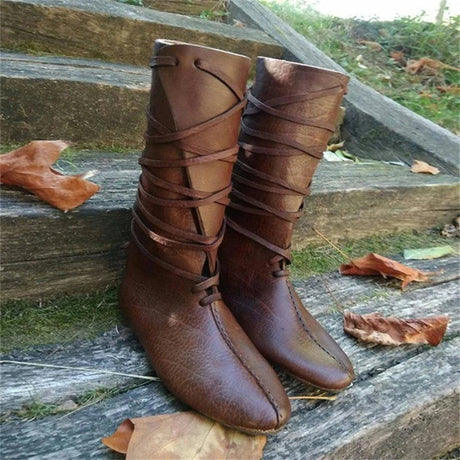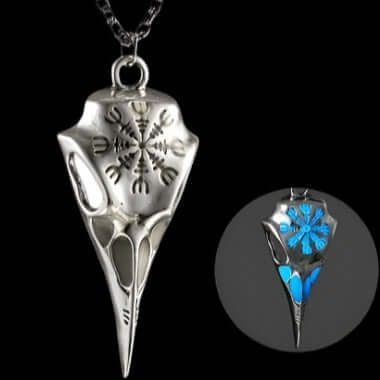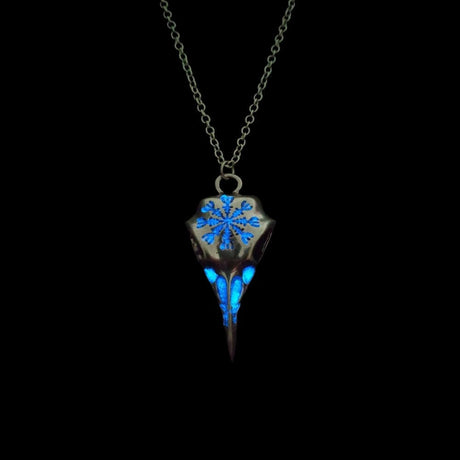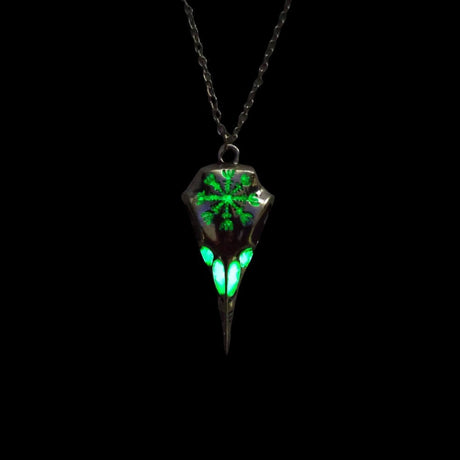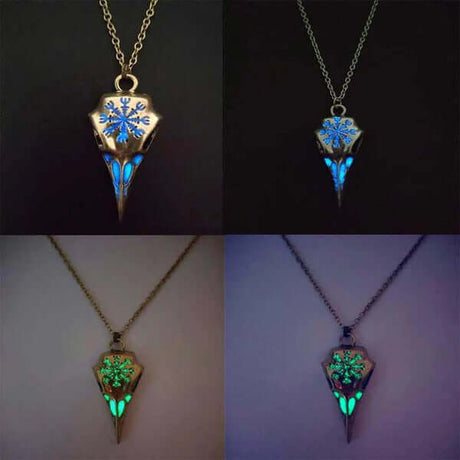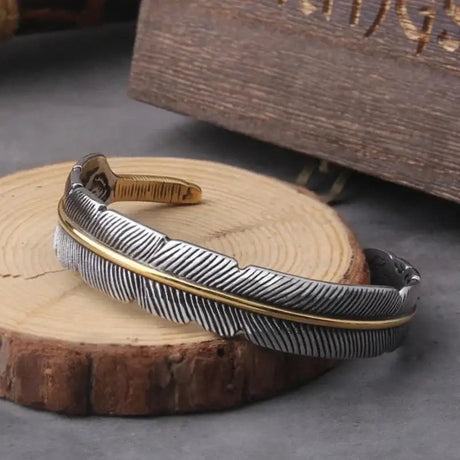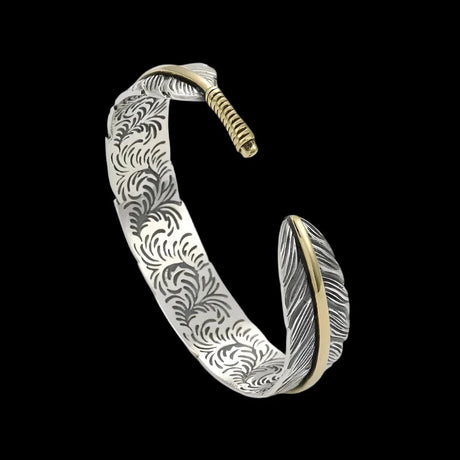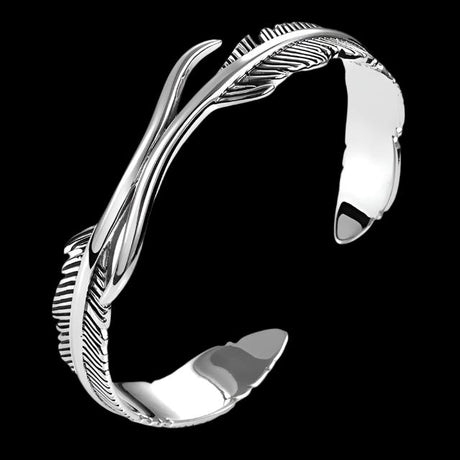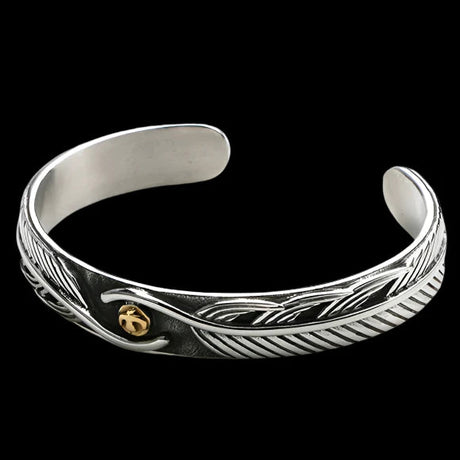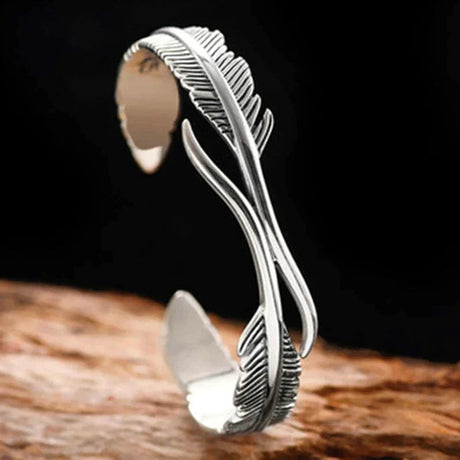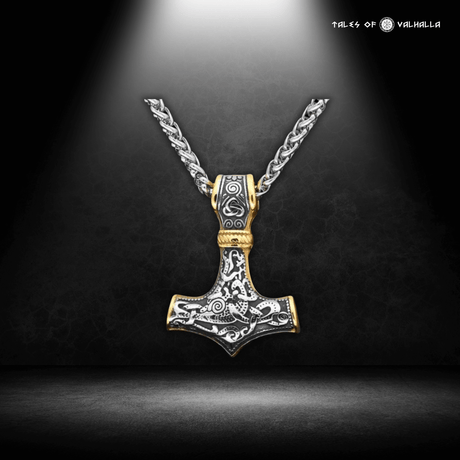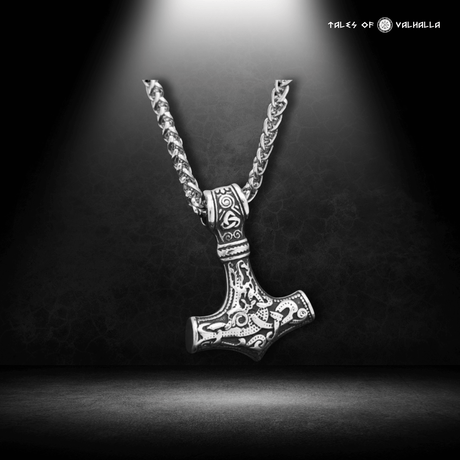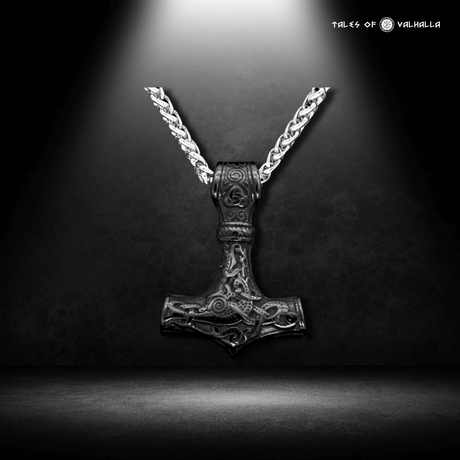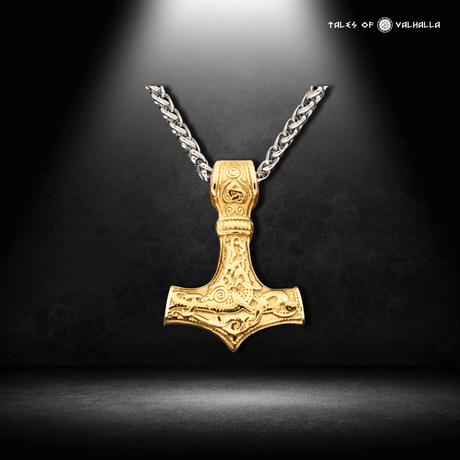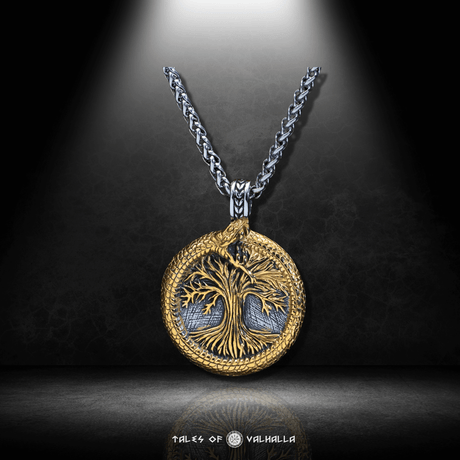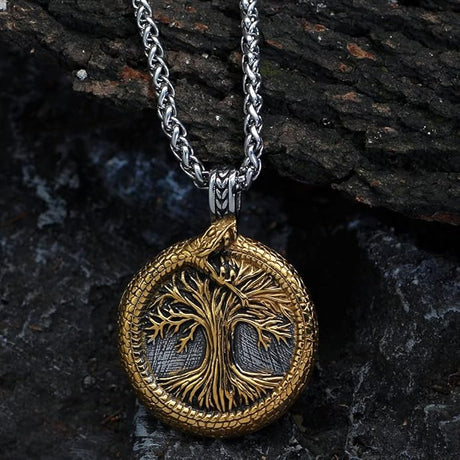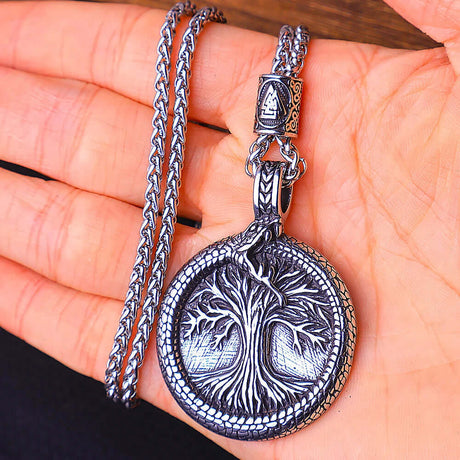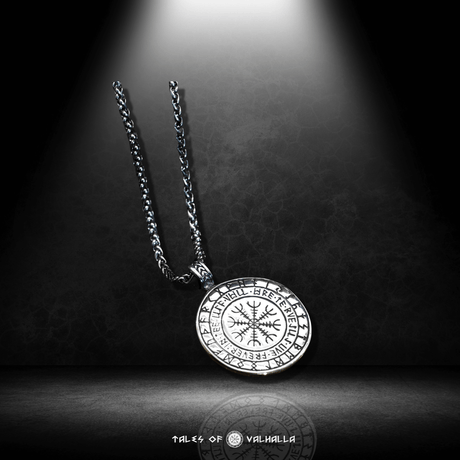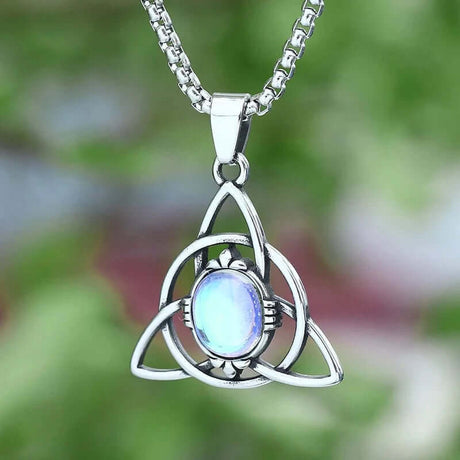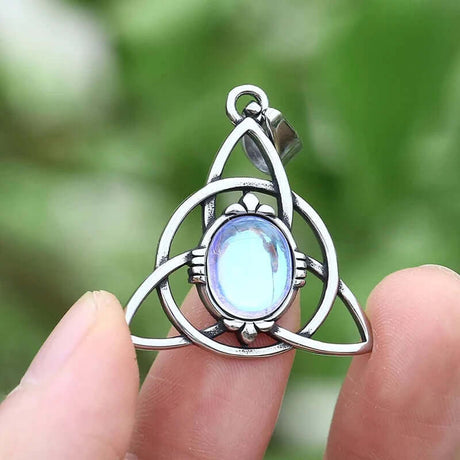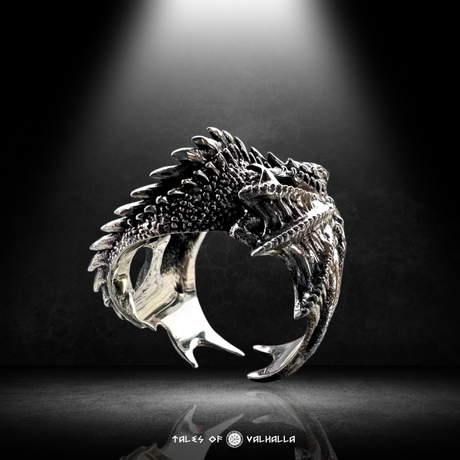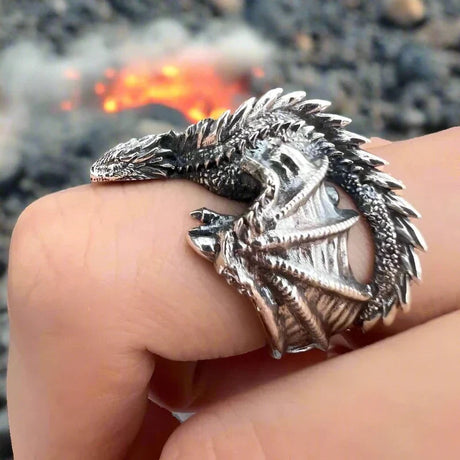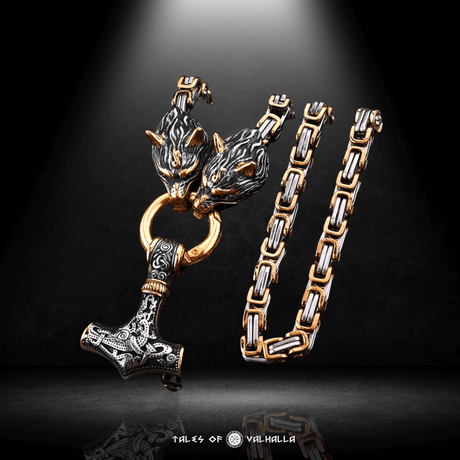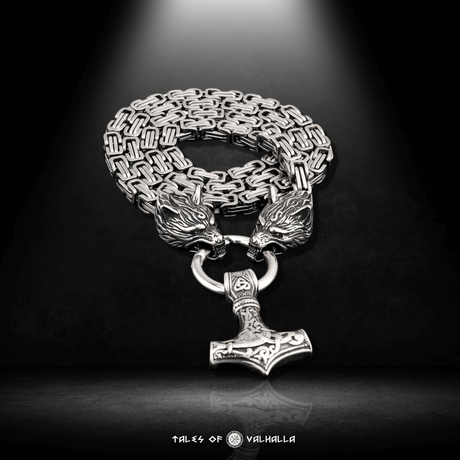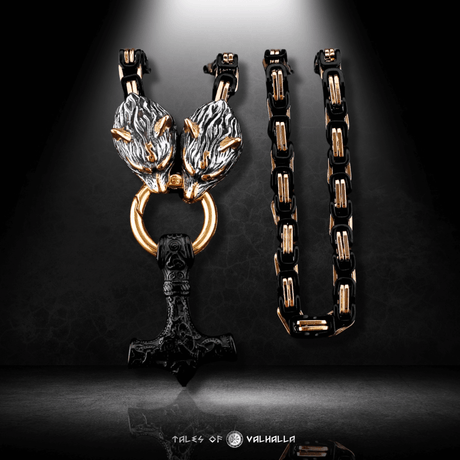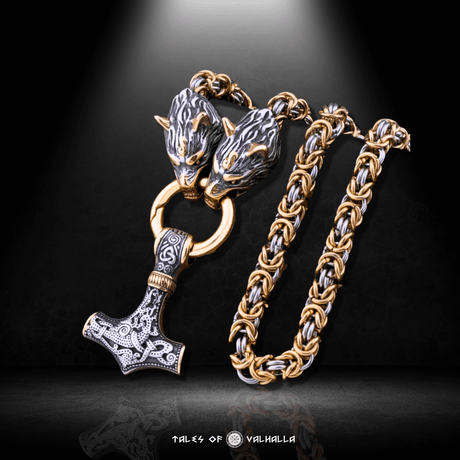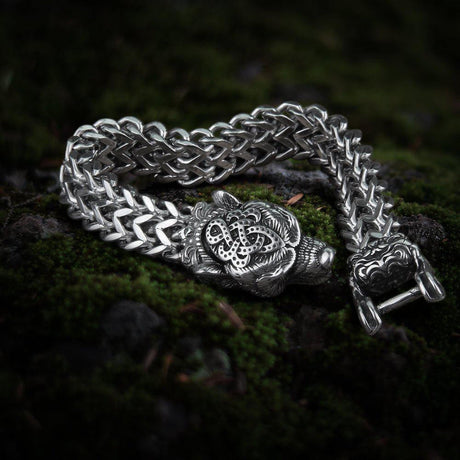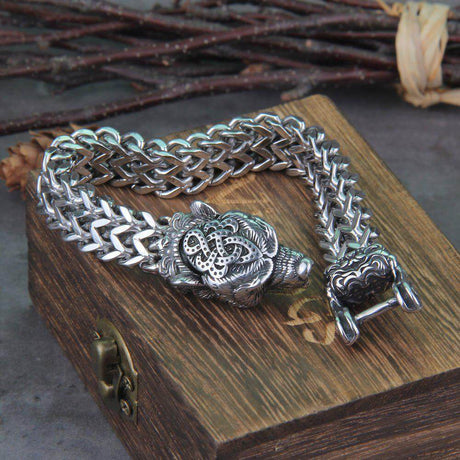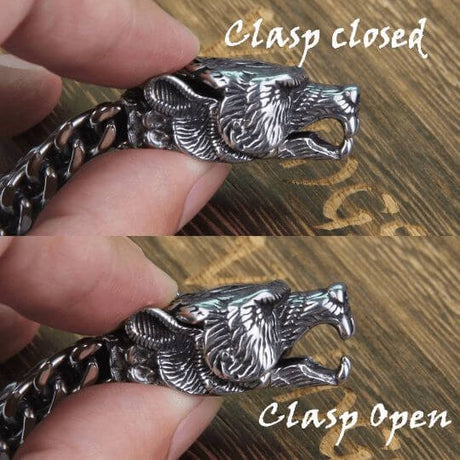A Viking Shield: more than just a piece of wood and iron, it was an extension of the warrior's body, a symbol of their identity, and a crucial tool for both defense and offense. In the popular imagination, fueled by movies and TV shows, we often see the Viking shield as a simple, circular barrier, a passive part of the famous shield wall. But was it merely a defensive tool? How did the Vikings truly wield these iconic pieces of equipment in the chaos of battle?
The truth is that the Viking shield was a dynamic and versatile weapon, its design and use reflecting a sophisticated understanding of combat. This historic look will delve into the construction, tactics, and cultural significance of the Viking shield, separating the archaeological facts from the Hollywood myths. Prepare to discover a weapon as cunning and aggressive as the warriors who carried it.
The Anatomy of a Viking Shield: A Masterpiece of Design
To understand how a Viking shield was used, we must first understand its construction. Each element of its design was a deliberate choice, a balance of protection, maneuverability, and even psychological warfare.

The Anatomy of a Viking Shield: A Masterpiece of Design
The Core: Lightweight Wood for Speed and Agility
The body of the Viking shield was typically made from planks of lightweight yet strong wood, such as linden, fir, alder, or poplar. This choice was crucial; a heavy, cumbersome shield would be a liability in the fast-paced, often chaotic combat of the Viking Age. The shield's strength came not from its density, but from its clever construction.
The Boss: A Steel Fist in the Center
The most prominent feature of any Viking shield was the iron boss in its center. This dome-shaped piece of metal served a dual purpose:
-
Protection: The boss protected the warrior's hand, which gripped a wooden bar directly behind it. This was the shield's most vital defensive function.
-
Offense: As we'll see, the boss could also be used as a brutal offensive weapon, a steel fist for punching and bashing.
The Grip: The Key to a Dynamic Fighting Style
Unlike later medieval shields that were often strapped to the forearm, the Viking shield was held by a single, central grip. This seemingly small detail was the key to its versatility. The center grip allowed the warrior to:
- Maneuver the shield with speed and precision.
- Angle the shield to deflect blows.
- Use the shield for both defense and offense.
This dynamic design set the Viking shield apart from many other shields of its time.
The Rim: A Tough Outer Shell
The edge of the wooden shield was reinforced with a rim of leather or rawhide. This added durability and helped to prevent the shield from splitting when struck. Metal rims were rare, as they would have added unnecessary weight and could have caused an enemy's weapon to become lodged in the shield.
The Face: A Canvas for Color and Intimidation
The front of the Viking shield was often covered with leather or linen and painted with bright colors and bold designs. These designs were not just for decoration; they served several important purposes:
-
Identification: In the heat of battle, the designs on a shield could help to identify friend from foe.
-
Intimidation: A wall of brightly painted shields, adorned with fearsome images, would have been a terrifying sight to behold.
-
Psychological Warfare: The designs could also be used to convey a warrior's status, clan affiliation, or personal beliefs.
The Shield Wall: A Fortress of Wood and Steel
The most famous use of the Viking shield was in the shield wall, a formidable defensive formation that was the cornerstone of Viking military tactics.
A Wall of Overlapping Shields
In a shield wall, warriors stood shoulder-to-shoulder, their shields overlapping to create a solid, interlocking barrier. This formation offered several key advantages:
- Protection from Projectiles: The shield wall provided excellent protection from arrows, spears, and other projectiles.
- A Strong Defensive Line: It was a highly effective way to hold a defensive position against an enemy charge.
- A Platform for Attack: The shield wall was not just a defensive formation; it was also a platform for launching attacks. Warriors could thrust their spears over or through the gaps in the wall, creating a deadly hedge of steel.
More Than Just a Wall: A Dynamic Formation
The shield wall was not a static formation; it was a dynamic and adaptable tactic. Warriors could move in unison, pushing forward to attack or falling back to defend. The success of the shield wall depended on the discipline, courage, and teamwork of the warriors who formed it.
Story Vignette 1: The Weight of the Wall
Imagine a young Viking warrior named Erik, standing in his first shield wall. The air is thick with the sounds of battle, the clash of steel, the screams of the dying. He feels the weight of the man next to him, their shields pressed together, their bodies a single, living wall. An arrow thuds into his Viking shield, the impact jarring his arm. But he holds his ground, his eyes fixed on the enemy, his spear held ready. He is not just a single warrior; he is a part of something larger, a fortress of wood, steel, and courage. This is the power of the shield wall.
The Shield as a Weapon: A Versatile Tool of Offense
While the shield wall was a powerful tactic, much of Viking combat was likely more fluid and individual. In one-on-one combat, the Viking shield was not just a passive defense; it was an active and versatile weapon.

The Shield as a Weapon: A Versatile Tool of Offense
The Shield Bash: A Brutal Attack
The most direct offensive use of the Viking shield was the shield bash. A warrior could punch forward with the iron boss, delivering a stunning blow to an opponent's face or chest. This could be used to:
-
Create an Opening: A well-aimed shield bash could stagger an opponent, creating an opening for a strike with a sword or axe.
-
Break an Opponent's Guard: It could also be used to break an opponent's defensive posture, leaving them vulnerable to attack.
The Edge of the Shield: A Cutting Weapon
The reinforced rim of the Viking shield could also be used as a cutting weapon. A warrior could use the edge of the shield to strike at an opponent's face, hands, or shins, inflicting painful cuts and abrasions.
Binding and Trapping: Controlling the Fight
A skilled warrior could use their Viking shield to control the flow of a fight, binding and trapping an opponent's weapon.
-
Binding: By pressing the edge of their shield against an opponent's weapon, a warrior could temporarily immobilize it, creating an opportunity for a counterattack.
-
Trapping: The shield could also be used to trap an opponent's shield, limiting their defensive options and leaving them open to attack.
Story Vignette 2: The Duel on the Beach
Imagine a duel between two Viking chieftains, their swords flashing in the sun. One chieftain, a powerful warrior named Ragnar, uses his Viking shield with incredible skill. He deflects his opponent's blows with the boss, then uses the edge of his shield to bind his opponent's sword. With a sudden, powerful shove, he sends his opponent staggering backward. Before his opponent can recover, Ragnar lunges forward, his sword finding its mark. The duel is won, not just with the sword, but with the shield
The Viking Shield in the Sagas: A Symbol of Honor and Fate
The Viking shield was not just a tool of war; it was also a powerful symbol in Norse mythology and the Icelandic sagas.
Shields of the Gods: Divine Protection
In Norse mythology, gods and goddesses were sometimes depicted with shields, often imbued with magical properties. The Valkyries, the female figures who chose who lived and died in battle, were often depicted with shields, using them to protect their chosen heroes.
The Shield as a Symbol of Honor
In the sagas, the Viking shield was often a symbol of a warrior's honor and reputation. Losing one's shield in battle was a disgrace. A warrior's shield was a part of their identity, a symbol of their courage and their commitment to their lord and their kin.
The Shield and Fate: A Predetermined Outcome
In some stories, shields were associated with fate and the predetermined outcomes of battles. The designs on a shield could be seen as a reflection of a warrior's destiny, a visual representation of their place in the world
The Modern Revival of the Viking Shield
The fascination with Viking culture has led to a renewed interest in the Viking shield. Today, you can find a wide range of replicas, from historically accurate reproductions to more modern interpretations.
A Popular Choice for Reenactors and Collectors
The Viking shield is a popular choice for historical reenactors, who use it to bring the battles of the Viking Age to life. It is also a popular item for collectors, who appreciate its historical significance and its powerful aesthetic.
The Viking Shield in Popular Culture
The Viking shield has become a staple of popular culture, appearing in movies, television shows, and video games. While these depictions are not always historically accurate, they have helped to make the Viking shield a recognizable and iconic symbol of the Viking Age.
Table: A Comparison of Historical and Modern Viking Shields
| Feature | Historical Viking Shield | Modern Replica Viking Shield |
| Core Material | Lightweight wood planks (linden, fir) | Often made from plywood for durability and cost-effectiveness. |
| Rim Material | Leather or rawhide | Often made from steel for a more dramatic look. |
| Grip | Single, central grip | Often have a central grip and an added forearm strap for ease of use. |
| Designs | Hand-painted with natural pigments. | Often screen-printed or airbrushed with modern paints. |
Conclusion: A Legacy of Wood, Steel, and Courage
The Viking shield was far more than just a piece of wood and iron. It was a masterpiece of design, a versatile tool of war, and a powerful symbol of Viking culture. It was the heart of the shield wall, a dynamic weapon in individual combat, and a canvas for the art and identity of the Norse warrior.
The legacy of the Viking shield is a testament to the ingenuity, skill, and courage of the Vikings. It is a reminder that even the simplest of objects can hold a wealth of history and meaning. Today, as we continue to be fascinated by the world of the Vikings, the Viking shield remains one of its most enduring and powerful symbols. It is a symbol of a people who were not just warriors, but also artists, craftsmen, and survivors. It is a symbol of a legacy that continues to inspire and captivate us today.

